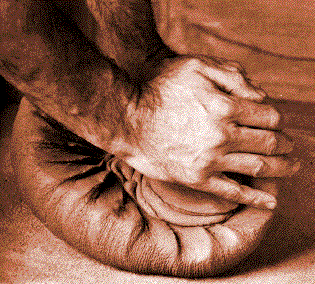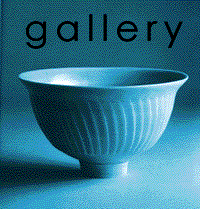| SERVICE LEARNING OPTION:
Service learning can be a beneficial learning tool for students who
wish to apply their classroom experiences to 'real world' environments.
Students who wish to teach may find out if the classroom setting feels
right to them. Students gain real job experience which can be used on a
resume or application for admission to 4-year colleges or graduate programs.
Students also gain the valuable experience of sharing their knowledge with
others and building their self esteem. Students may also gain extra credit
towards their semester grade in the ceramics class. This option is available
to students enrolled in Art 187, 188, or 189. The option is not available
to students enrolled in Introductory Ceramics (Art 186.) Service learning
will benefit the intermediate and advanced students in such a technical
field as Ceramics. The following agencies are available for service learning
placements:
Armory Center for the Arts, Pasadena
Free Arts for Abused Children, Monterey Park
Glendale High School, Glendale
Hoover High School, Glendale
Horace Mann Elementary School, Glendale
Jefferson Elementary School, Glendale
John Marshall Elementary School, Glendale
Kidspace Museum, Pasadena
RDWhite Elementary School, Glendale
The student wishing to do service learning for an extra credit assignment
will need to perform 14 hours of community service work with one of the
above agencies, and keep a journal of his/her reflections on the experience.
Students successfully completing the above extra credit assignment will
recevie an extra 10% bonus in computing their grade.
To sign up, students need to complete an application at the Service
Learning Center, and attend an orientation. Next the student chooses 3
placements from the above list of service locations. After a telephone
contact with the agencies, the student chooses a placement and can then
begin. Student hours will be tracked using a Volunteer Sign In/Out form.
The student will be evaluated by their supervisor at the placement site. | 



